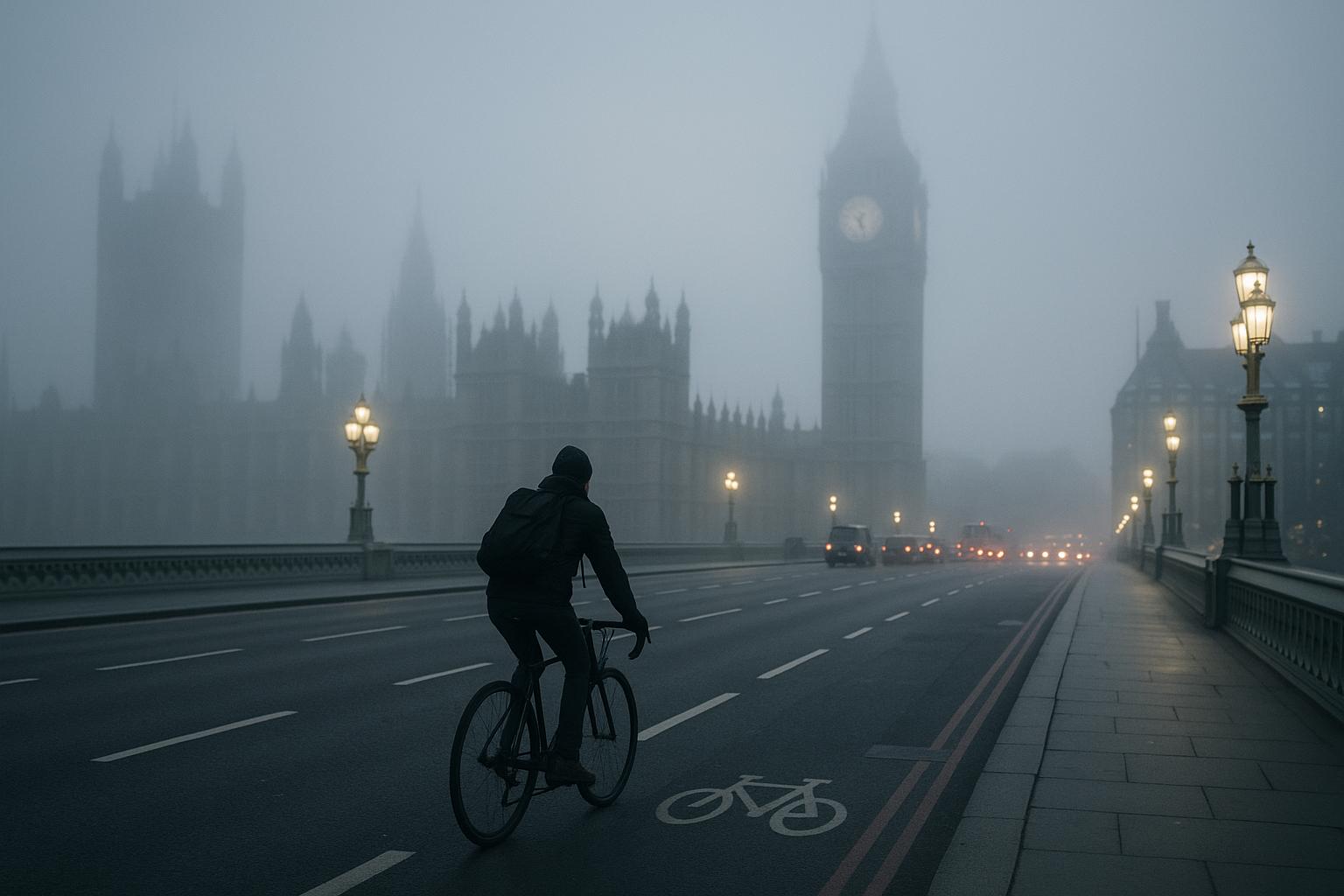The recent strike by the Rail, Maritime and Transport (RMT) union involving London Underground workers has starkly highlighted the vital role that tube drivers and staff play in maintaining the daily life and economy of the capital. The strike, which started on Sunday and is expected to last through Thursday, has brought the underground network to a near standstill, causing severe disruption to millions of commuters and residents. The dispute centres on demands for a reduction in working hours from the current 35 to 32 per week, alongside issues of pay, shift patterns, and worker fatigue. Transport for London (TfL) has offered a 3.4% pay increase, aligned with retail price inflation, but the union insists on a shorter working week and better conditions, arguing that previous staff cuts have left remaining workers overloaded.
The paralysis of the Underground has not only wreaked havoc in everyday travel but is estimated to cost the London economy around £230 million directly, with wider indirect losses anticipated. The strike also affects other transport services, including the Docklands Light Railway, which is closed on certain strike days, and bus routes disrupted by related industrial action. Despite the turmoil, alternative rail services like the Elizabeth Line, London Overground, and Croydon Tramlink are continuing operations, albeit with likely overcrowding at shared stations.
Commuters have adapted remarkably by turning to a range of alternatives, notably a surge in the use of cycling and river transport. Dockless electric bike-sharing schemes have seen unprecedented demand: Forest recorded a remarkable 300% increase in morning rides, while Lime experienced a 58 to 74% rise in trips. Santander Cycles also reported significant growth in hires, with nearly a 72% increase on strike days. The spike in cycling demand reflects a broader shift in urban mobility, supported by improved cycling infrastructure and the convenience of electrically assisted models. However, this rapid increase has exposed limitations in London's bike lane capacity and led to logistical challenges, such as the scattering of dockless bikes in central areas.
River transport services operated by Uber Boat by Thames Clippers have responded with additional routes to accommodate the overflow of passengers avoiding underground disruptions. Meanwhile, bus services, although strained, have absorbed some of the commuter pressure, and retailers such as Pret a Manger have noted that business has been steadier than expected due to the determined efforts of workers using alternative transport.
The strike’s timing also forced high-profile disruptions, including the rescheduling of concerts by internationally renowned artists such as Coldplay and Post Malone, highlighting how the action reverberates beyond just daily commutes to affect wider city life.
TfL has urged the RMT to reconsider the strike and to engage in more meaningful negotiations to reach a resolution quickly. Claire Mann, TfL’s Chief Operating Officer, called on the union to hold a ballot among members on any proposed agreements. Meanwhile, the union remains firm that addressing fatigue and demanding a reduced working week are crucial for the long-term wellbeing of its members. The London mayor has also been urged to intervene to broker an end to the industrial action.
Looking forward, experts warn that the surge in cycling and other transport alternatives may have lasting impacts. If significant numbers of commuters permanently shift away from the Tube, TfL might face long-term revenue implications, challenging the financial sustainability of the network.
This strike not only underscores the indispensable nature of London’s Underground workforce but also reflects broader trends and tensions in urban mobility, workers’ rights, and city-level economic health in a post-pandemic world adapting to new commuting patterns.
📌 Reference Map:
- Paragraph 1 – [1], [3], [5], [4]
- Paragraph 2 – [2], [3], [4], [5]
- Paragraph 3 – [2], [6], [7]
- Paragraph 4 – [2], [4], [6], [7]
- Paragraph 5 – [4]
- Paragraph 6 – [3], [5]
- Paragraph 7 – [6], [7]
- Paragraph 8 – [1], [2], [3], [6]
Source: Noah Wire Services
